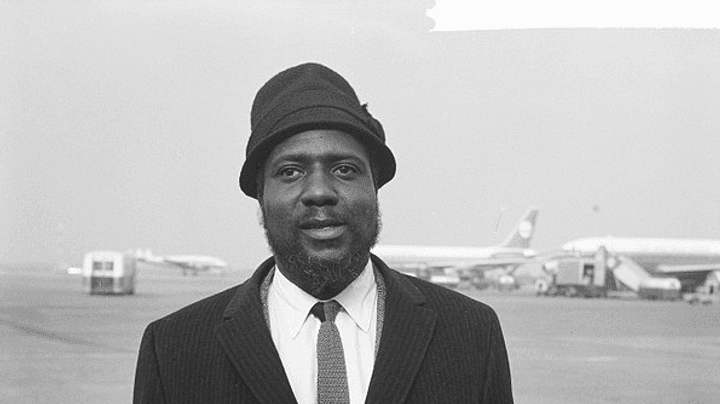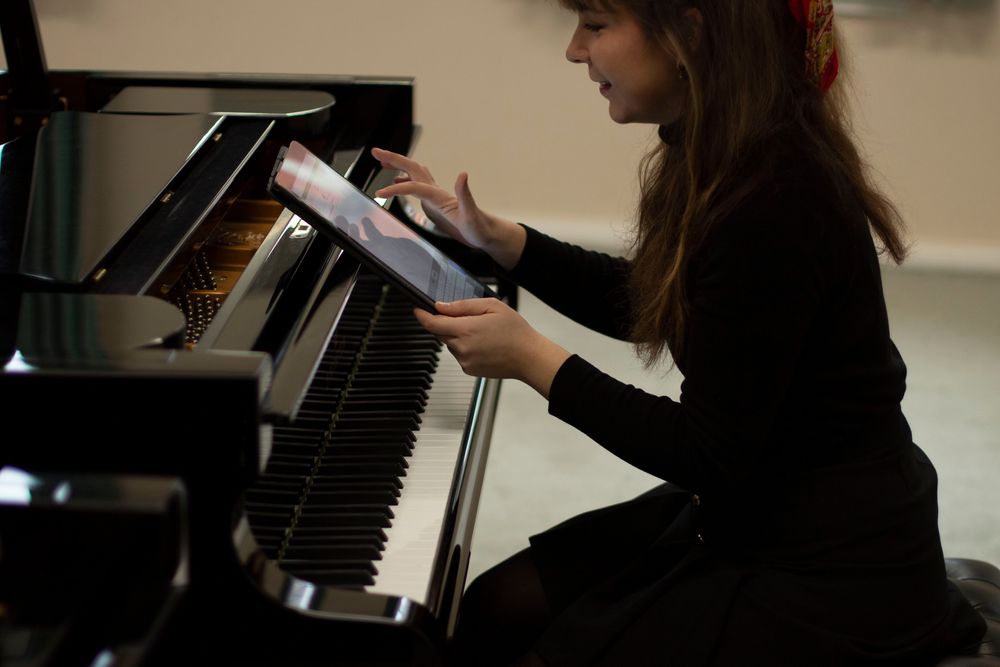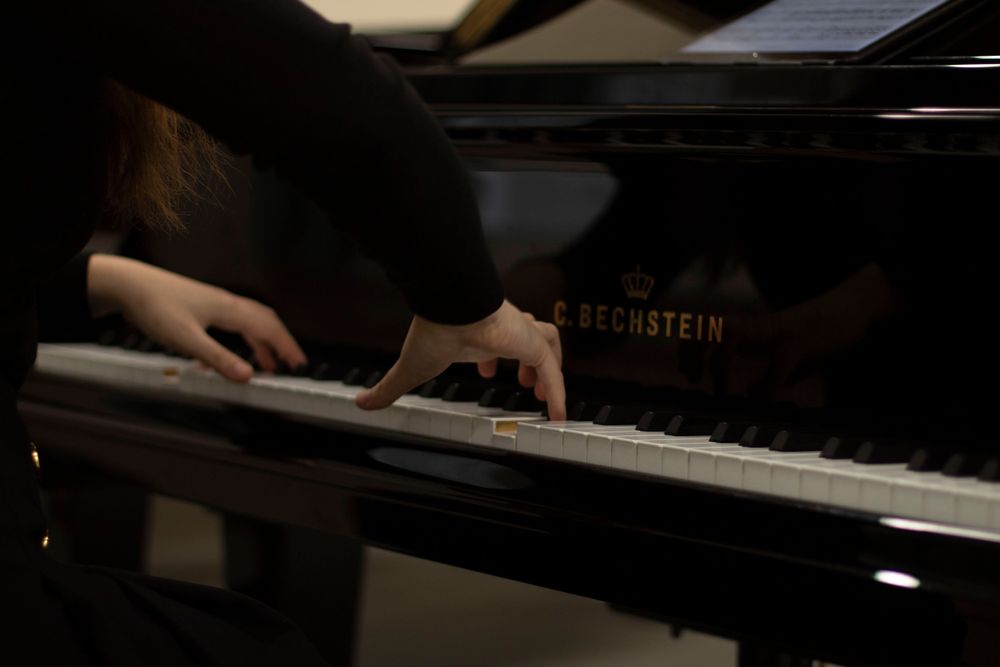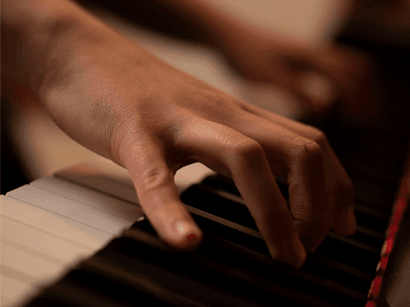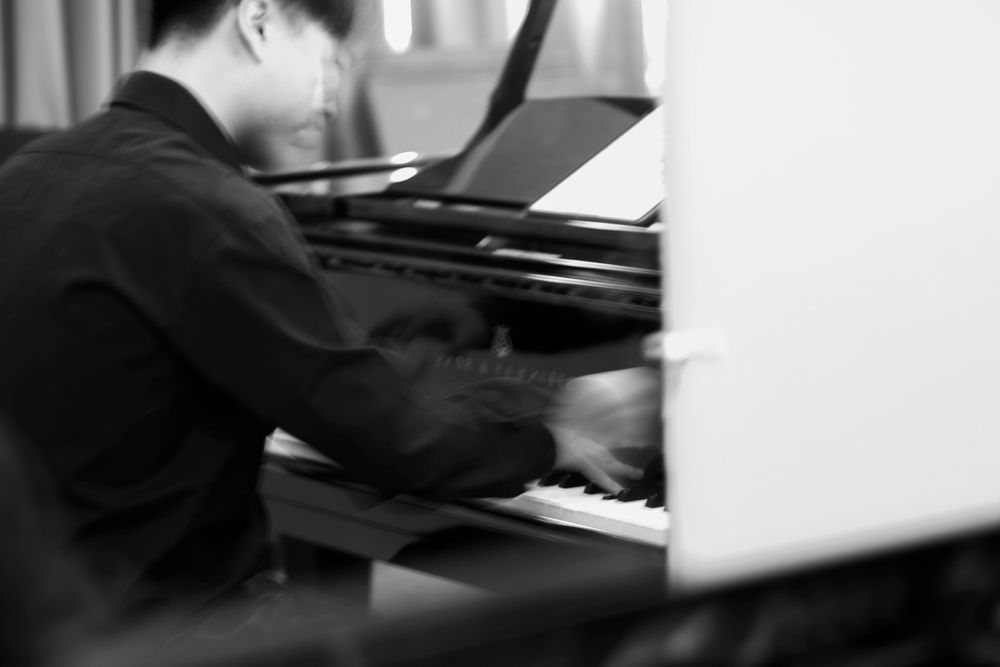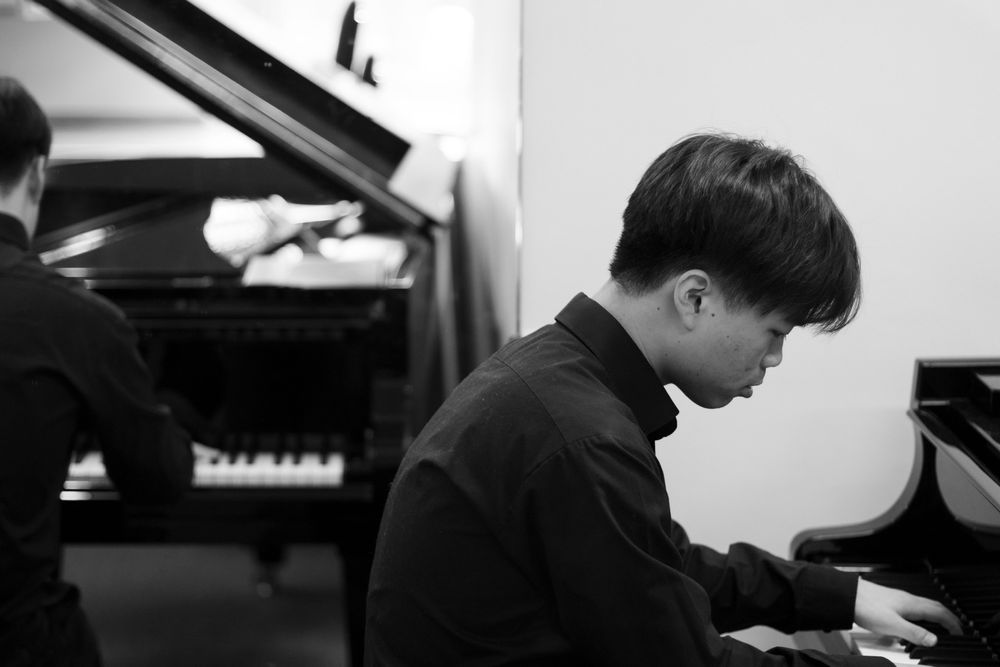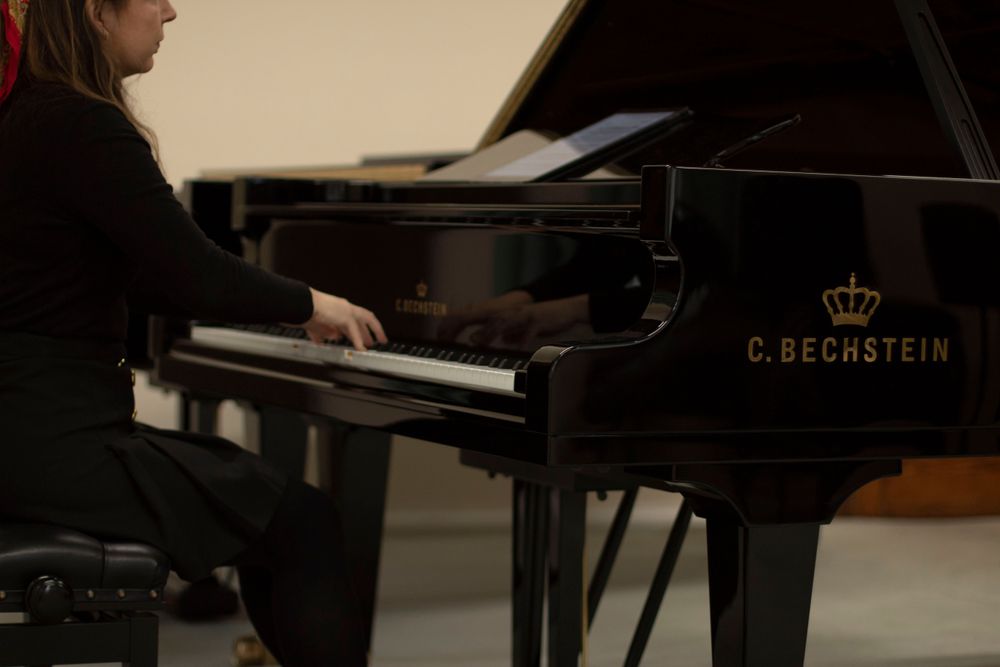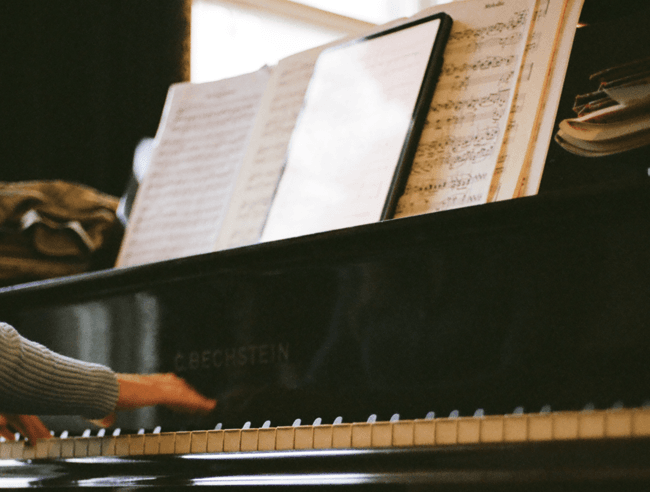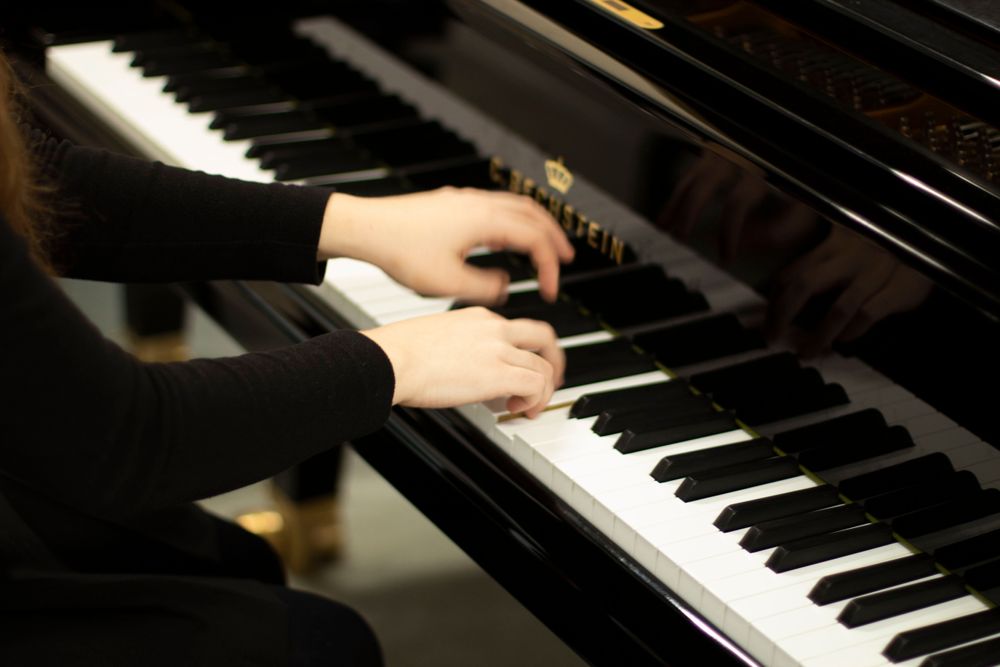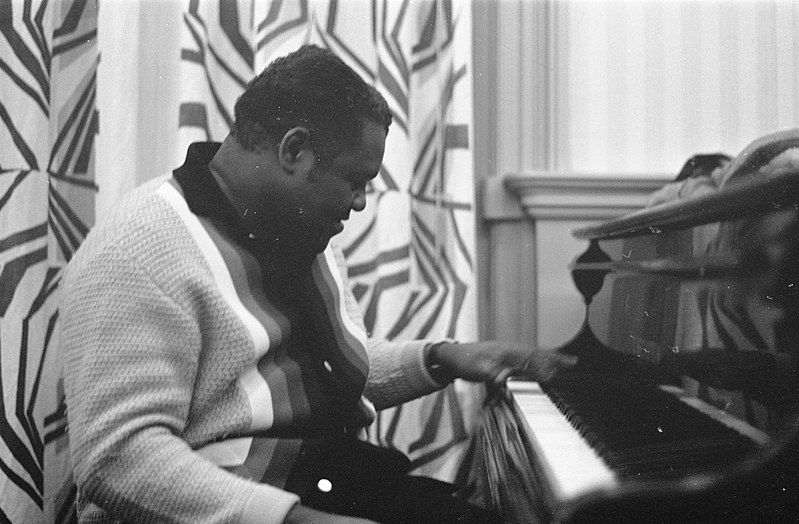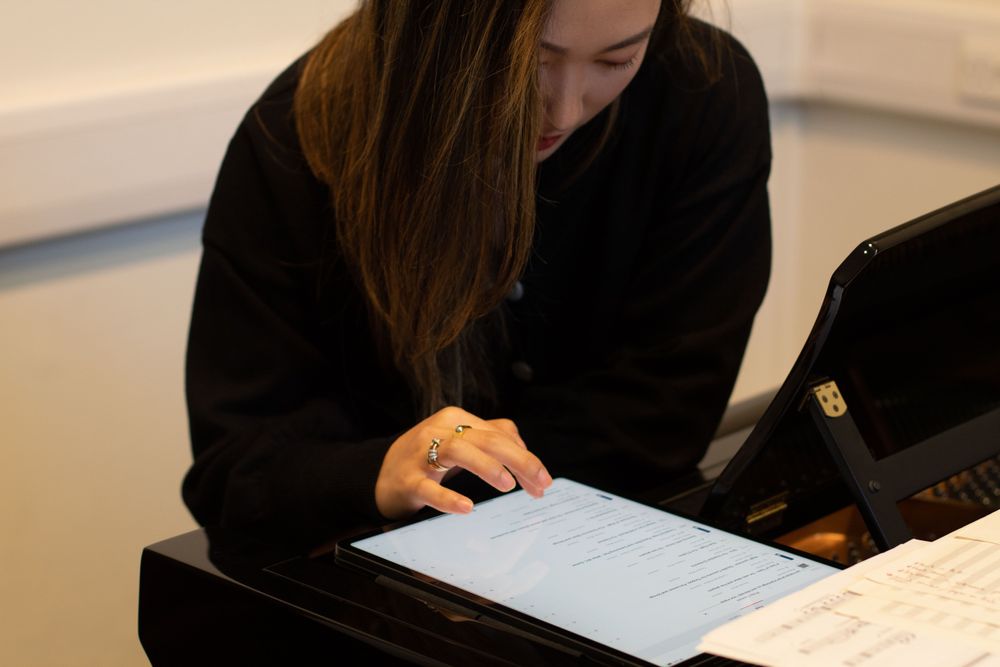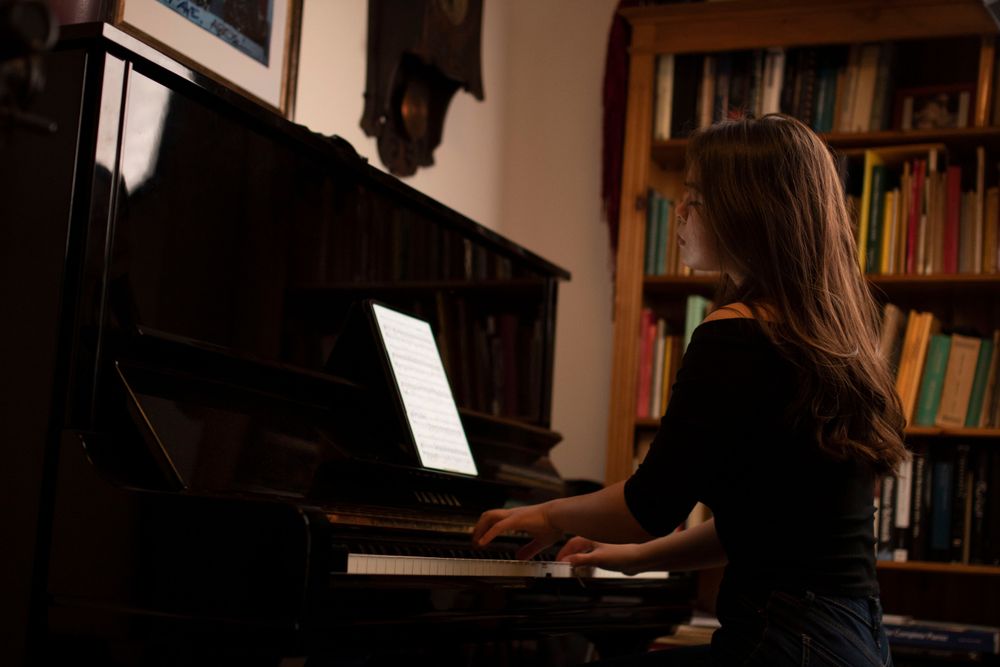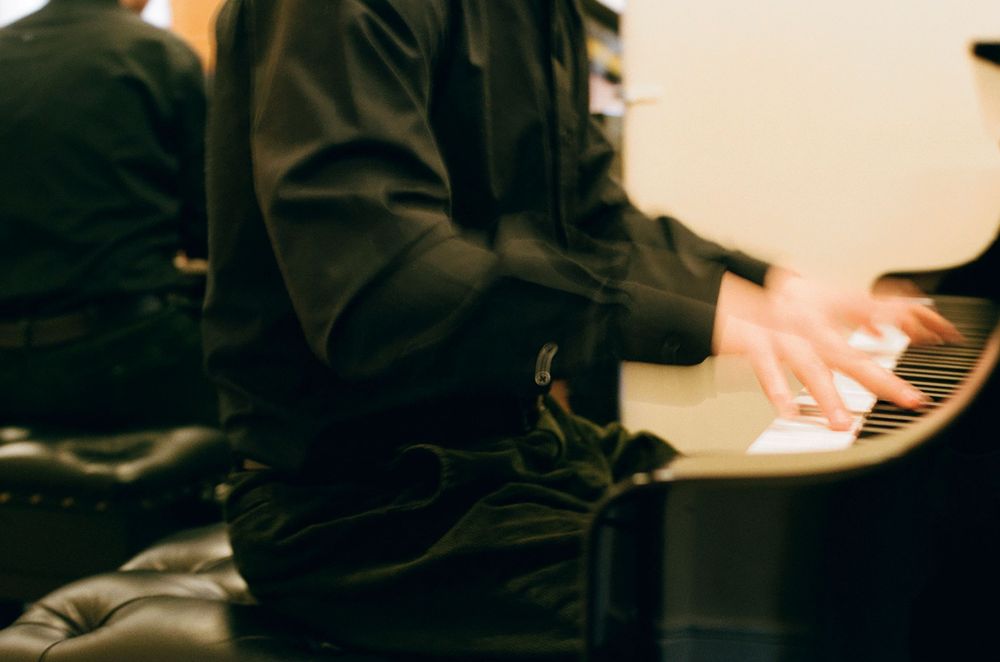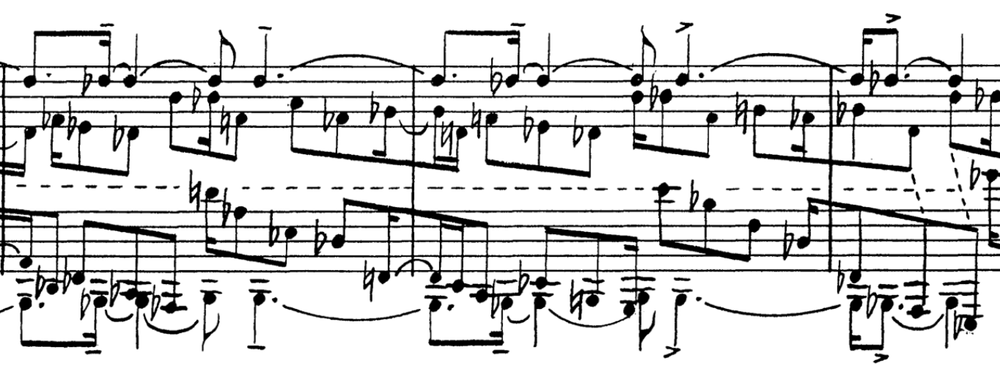If you’re wondering whether to try your hand at writing sheet music, then hesitate no longer. Absolutely go for it. Writing sheet music for the piano is a lot easier than it may seem. It’s not something reserved for learned composers and experienced pianists. All that’s required is a bit of imagination.
This is a guide to writing piano sheet music. Whether you want to pick up some composition techniques or just know more about the notation software that’s available, you’re covered.
If you’re not at all familiar with music notation, you do need to be. It’s like a language – until you learn how to communicate with it, it’ll be difficult to express your ideas in an understandable way.
Take a look at this quick guide to reading sheet music if you’re yet to get to grips with it. Then you’ll be in a better position to make the most of this article.
Writing piano sheet music: an overview
Writing music for the piano starts with the birth of an idea and ends with the creation of a piece of notated sheet music - printed, hand-written, or rendered digitally.
An integral part of this journey is the act of notating itself – actually putting notes on a page. This can be done the old-fashioned way, with pencil and paper, or with swish notation software which speeds (and tidies) things up greatly.
However you decide to go about the writing process, it should be separated from the composing process, especially if this is all still new to you. Notating your ideas - physically or digitally - is one thing, but actually creating those ideas is another.
We’re making this distinction because it’s too easy to let the writing process get in the way of musicality, especially if you’re using electronic software.
The majority of notation programs have digital playback, which allows you to hear what you’ve written using digital instruments.
Playback can be helpful but it’s tempting to treat what you hear as gospel, when it isn’t necessarily the best test for your ideas. For this reason, music teachers tend to discourage beginners from using these digital instruments to compose, so they can musically nurture their work.
So, we’re going to start with the composing and move on to the notating. Then we’ll look at bringing everything together to create a piece of sheet music. This is the information that you will have come here for - this is what’s going to get you writing sheet music.
You can use the contents below to jump to each section.
How to write piano sheet music
- Before you start
- Develop your ideas
- Compose at the keyboard
- Bring your ideas together
- Handwriting piano sheet music
- Creating piano sheet music with notation software
- Bring your piece together
- Finishing touches
- What to do with your completed piece
Composing for the piano
Composition and songwriting are arts, not sciences. This means that there’s no one magic formula that can be put into words – there are no right and wrong ways to go about it. The bottom line is to create music in a way that suits you.
Still, it’s helpful to bear a few things in mind – tips and tricks that can streamline the process and help you to create your piece of functioning piano music.


